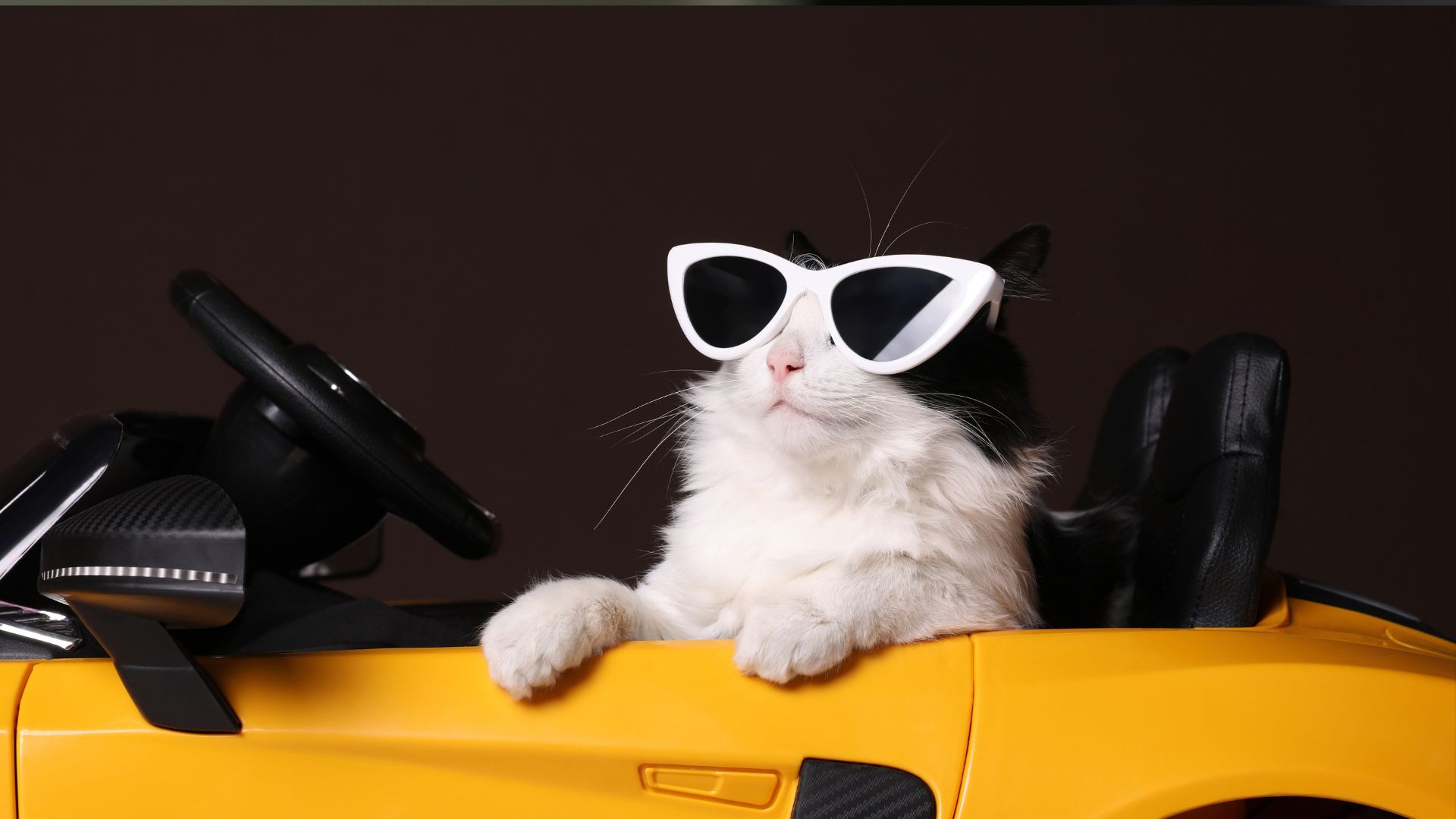Have you ever wondered which cool cat breeds offer the perfect blend of charm, intelligence, and love? These furry friends bring joy, companionship, and often a dash of mischief to everyday life.
Whether you’re enchanted by an exotic cat breed with striking looks or you prefer the comforting purr of domestic cats, there’s an adorable cat out there ready to become your best friend.
It’s easy to see why so many people welcome a whiskered companion alongside the family dog—from watching playful kittens tumble around the living room to snuggling with a devoted house cat on a quiet evening. In this article, we will discuss some remarkable felines that capture hearts everywhere.
Coolest Cat Breeds
1. Oriental Shorthair
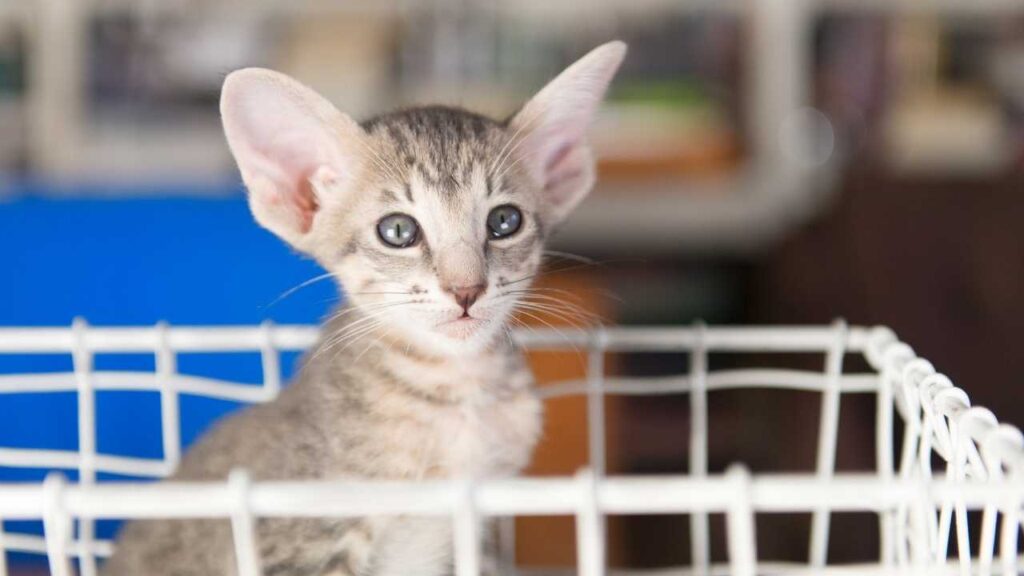
The oriental shorthair is famed for its sleek build, highly active nature, and large, pointed ears. You’ll notice its coat comes in many colors, making each individual as distinct as a fingerprint. They’re known as an intelligent breed, often catching on quickly when you attempt to teach them new tricks.
Their lean physique comes from muscular bodies that are built for graceful movement. These cats enjoy playing with puzzle feeders or chasing a feather wand across the living room. If you’re a fan of chatter, you’ll love how they engage you with varied vocalizations throughout the day.
Because they’re so social, Oriental Shorthairs typically bond closely with their families. Many even behave like lap cats, often curling up to soak in your warmth. An accessible window perch becomes their favorite spot, where they can watch birds flutter by.
Grooming is a breeze due to their short and satin-like coat that requires minimal brushing. Regular ear checks ensure cleanliness, especially since their ears are large and prone to gathering dust. You’ll also want to keep an eye on their weight, as they can be prone to overeating if food is left out all day.
Try offering interactive toys to keep them entertained, or consider short training sessions to harness their curiosity. A dash of mental stimulation can go a long way, deterring mischievous behavior like climbing curtains. With their playful demeanor, they stay kitten-like well into adulthood.
2. Manx

When you meet Manx cats, their short tail, or complete lack thereof, is the first detail you’ll notice. This genetic mutation gives them a wonderfully distinctive silhouette. Hailing from the Isle of Man, they carry a history steeped in folklore and maritime charm.
A Manx is often quite agile, moving with confidence despite its tail mutation. They tend to play fetch, picking up small toys in their mouth and bringing them back like a retriever. That’s just one reason they make such a fun, interactive companion.
Many Manx love a bit of adventure. They won’t shy away from exploring high shelves or new rooms in your home. Because of their adaptable disposition, they can mesh easily with other pets, especially if introduced gently and early.
Grooming a Manx isn’t complicated, but it varies based on whether they have a short or semi-long coat. Either way, a weekly brush usually keeps fur in top condition. According to ASPCA, regular nail trims and dental care are very important for overall health.
Manx cats respond well to positive reinforcement. They might even learn tricks if you offer tasty treats or affectionate praise. Their loyalty can rival that of a devoted pup, making them a delightful addition to families who want a sociable feline friend.
With a playful spirit and a captivating look, the Manx stands out as a unique breed among domesticated cats. If you’re seeking a cat that breaks the mold, consider welcoming one into your family.
3. Norwegian Forest Cat
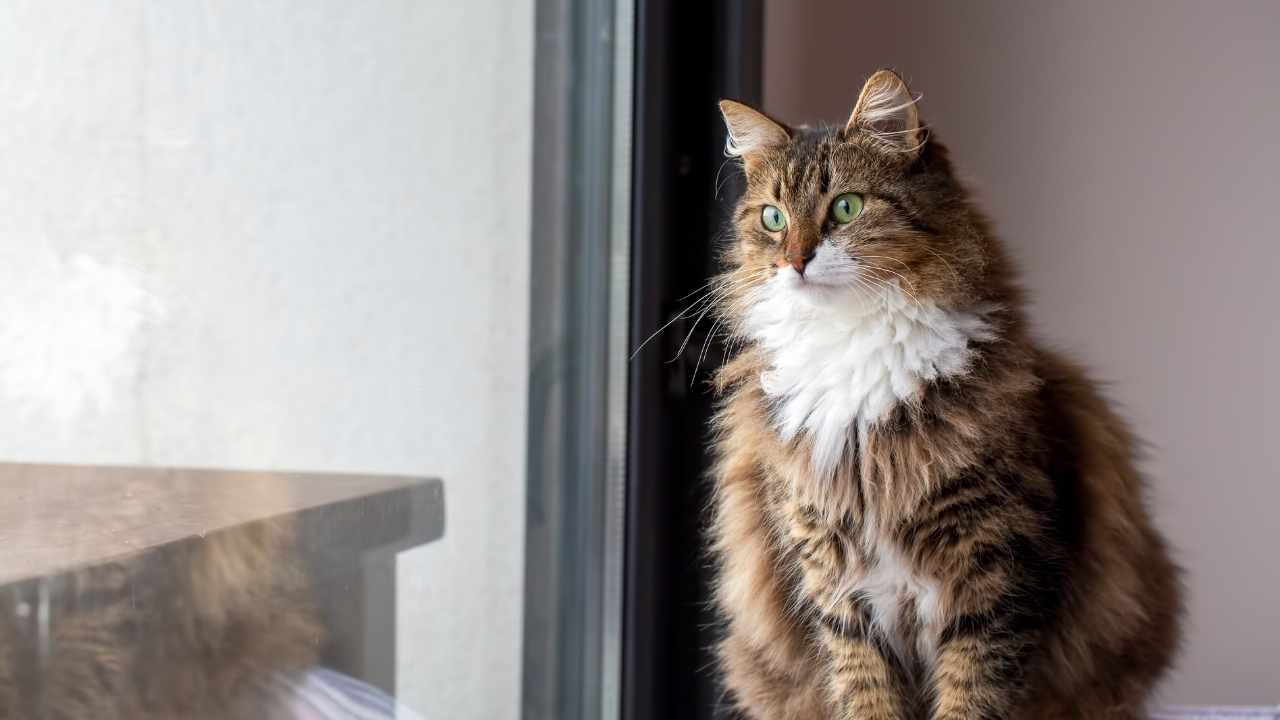
The Norwegian Forest cat exudes an air of mythology and charm. Dating back centuries, it’s recognized as one of the oldest natural cat breed groups in Northern Europe.
A mild temperament underscores this cat’s beauty. If you enjoy a calm presence that still engages in playful bouts, the Norwegian Forest Cat is an excellent fit. They’re often patient around children, turning into a giant fluffball when seeking a warm lap or cozy corner.
Their dense coat does require consistent brushing, especially during seasonal shedding. Fortunately, frequent grooming sessions can be a relaxing way to bond. Keeping them well-brushed also prevents mats and tangles from forming.
Mental stimulation is just as important. Many owners offer interactive play or cat trees for climbing, tapping into the cat’s inner explorer. Although they may look like wild cats, they’re truly affectionate once they trust you.
They also get along well with other breeds, provided the introductions happen at a comfortable pace. They rarely show aggression, typically opting to observe from a distance until they feel secure. Their curious spirit encourages them to investigate new surroundings or vantage points.
If you’ve ever wanted a gentle giant in your home, the Norwegian Forest Cat delivers. Majestic, friendly, and surprisingly adaptable, it can turn even the coldest day into a cozy experience. F
4. Ocicat
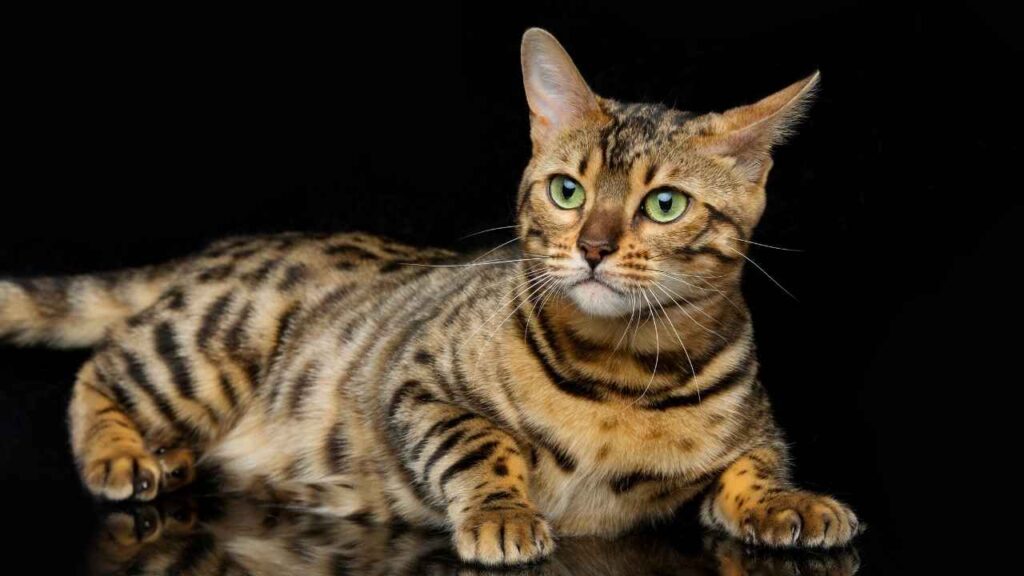
The Ocicat may look like a wild cat with those striking spots, but it’s pure domestic. Despite their wild appearance, they come from crosses of domestic shorthair lines and exhibit a bold, social personality that thrives in lively households.
This breed’s coat features dazzling spots akin to jungle felines, yet the Ocicat loves human companionship. They typically follow you from room to room, greeting you with gentle chirps or meows. If you have other pets or children, Ocicats can become loyal playmates who relish group activities.
They boast powerful, muscular bodies and enjoy playing with an assortment of toys, often displaying high agility. Puzzle toys or laser pointers can keep them mentally stimulated.
Grooming them is relatively easy due to a short, sleek coat that requires minimal maintenance. A gentle brush every week or two can keep shedding at bay while preserving that healthy sheen. VCA recommends considering regular veterinary checkups for optimum well-being.
Ocicats can sometimes learn to walk on a leash, showcasing their comfort with new experiences. This trait springs from their adventurous spirit and unwavering curiosity. Providing vertical spaces, such as tall cat trees, can also satisfy their urge to climb.
5. Cheetoh
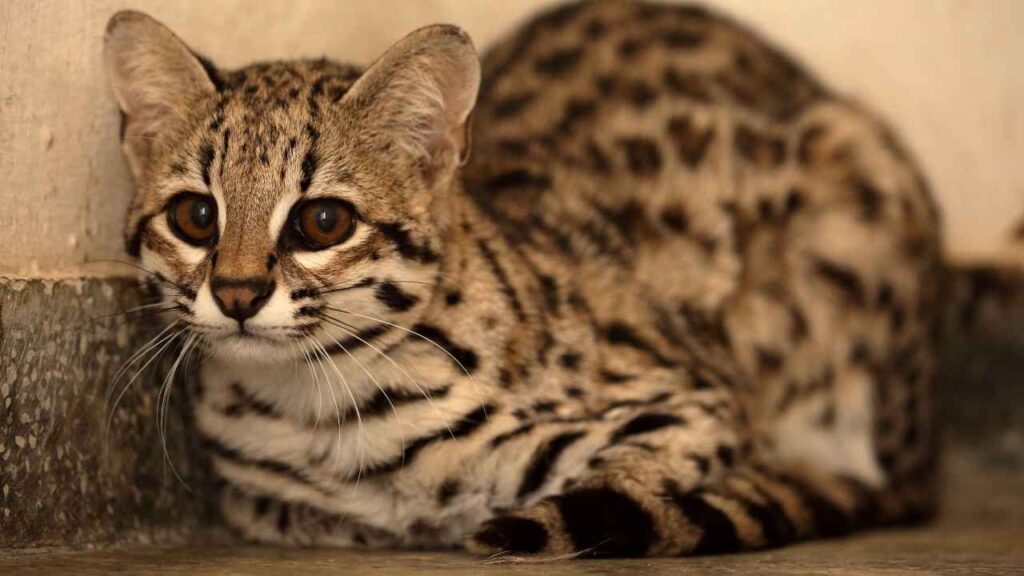
The Cheetoh is a newer hybrid emerging from crosses between the Bengal cat and the Ocicat, aiming to blend the best of both worlds. These kitties display striking spots or marbled coats that give them an almost Asian leopard cat vibe, all while maintaining a gentle, domestic temperament.
Their personalities brim with curiosity and confidence. Cheetohs adapt quickly to busy households, often greeting visitors without hesitation. If you have children who adore cat-and-mouse style fun, these felines are sure to keep everyone entertained with their boundless energy.
Daily interactive play helps release their playful spirit. Anything from feather wands to treat-dispensing puzzles can spark their interest. Like many hybrids, they remain quite inquisitive and active, making them a delight for owners who appreciate constant engagement.
These cats also appreciate a balanced diet, especially one catering to more energetic breeds. According to PetMD, proper feeding, combined with ample activity, ensures a strong, agile cat that’s built to scamper through the house.
Brushing is minimal, typically once a week, to maintain a shiny coat. You might even find them approaching grooming sessions as another form of bonding. Their outgoing attitude extends to children and other pets when introduced with care.
6. Egyptian Mau
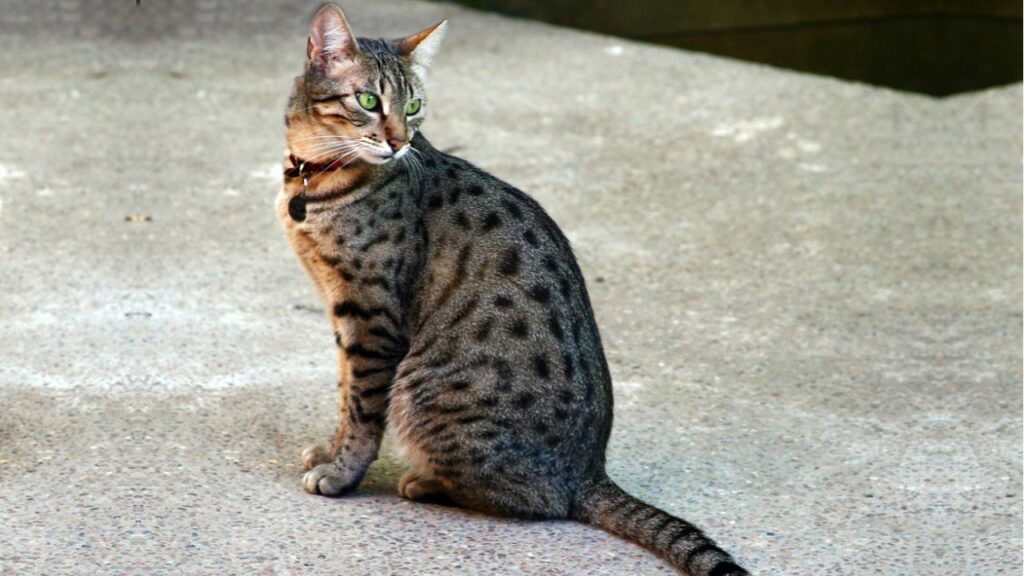
Regarded by many as the oldest breed contender, the Egyptian Mau sports a naturally spotted coat and a regal demeanor. It’s believed to have roots in ancient civilizations, which fuels its mystical allure. Modern-day Maus continue to enchant with graceful movement and startling bursts of speed.
Their eyes often glisten with a captivating hue, complementing the distinct spots scattered across their body. Although this cat may seem reserved around strangers, it can warm up quickly, revealing an affectionate, loyal side to those who earn its trust.
Maus have a love for climbing, so they’ll appreciate tall perches or sturdy cat towers. Don’t be surprised if they perch by a window to observe passersby—these curious cats relish a good vantage point for quiet watching.
A weekly brush keeps their coat gleaming while minimizing shedding. Routine nail trims and scheduled vet visits remain essential, as with any domesticated cat.
Mental engagement helps them stay balanced. Short, daily sessions with feather toys or balls they can chase are perfect. Although they have a tranquil side, they also appreciate opportunities to pounce and run.
Those seeking a feline that embodies mystery yet offers genuine affection will find the Egyptian Mau irresistible. With its sublime looks and calm disposition, it’s no wonder many owners consider it an adorable cat steeped in legacy.
7. Highlander
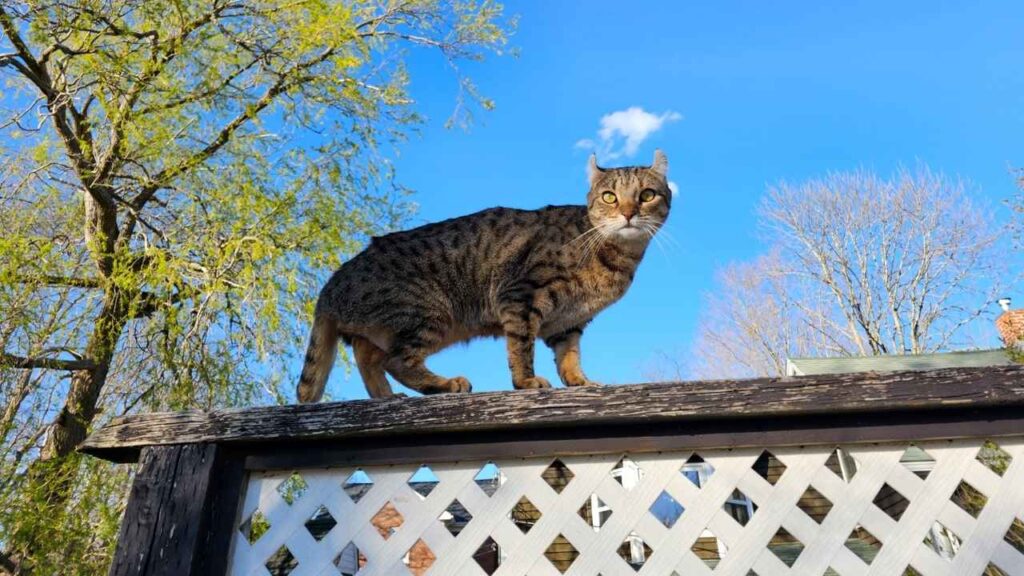
The Highlander boasts a distinct appearance with curled ears, bobbed tail, and sometimes even polydactyl paws. People might assume they’re wild cats at first glance, but they’re quite sociable. Known for being fun-loving, Highlanders are often the life of any cat-friendly home.
You’ll see them bounding around, ready to investigate every nook and cranny. They enjoy a good chase, be it a rolling ball or a laser pointer dot scurrying across the floor. Their playful streak makes them fantastic companions for families with children.
Because of their unique ear shape, regular checks ensure no debris or wax accumulates. They generally have plush coats, though grooming frequency depends on whether their fur is short or medium in length. A gentle brush can keep them looking fabulous.
Highlanders can be surprisingly people-oriented, often following you around the house like a shadow. Their curiosity extends to guests, so don’t be surprised if they come right up to say hello. They can also handle other pets if introduced gradually.
Providing cat trees or interactive puzzles helps fulfill their desire for exploration and mental stimulation. These cats may even surprise you by learning to respond to simple cues—treat-based rewards do wonders.
8. Savannah
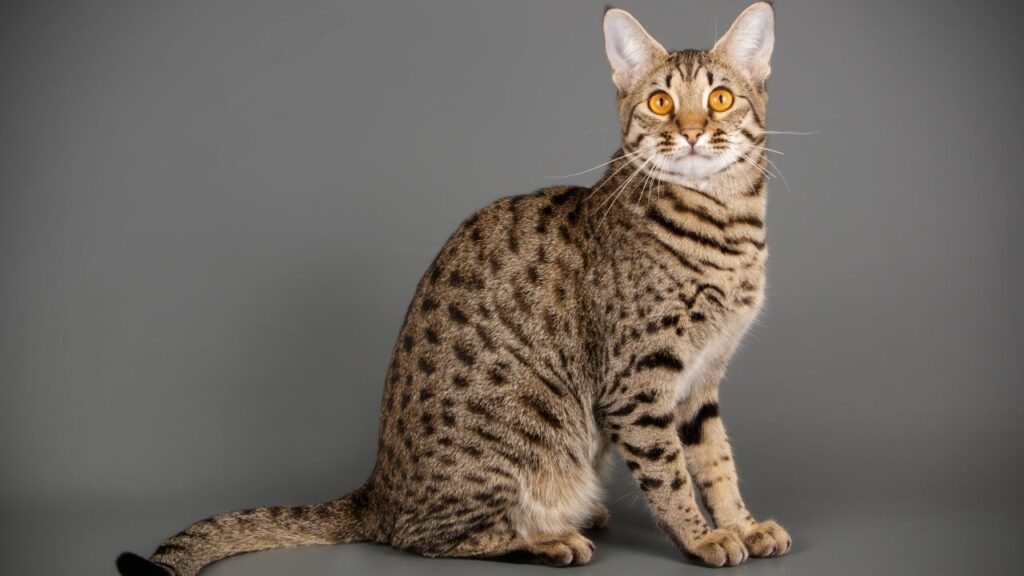
Created from crossing a domestic shorthair lineage with the African serval, the savannah cat exudes an unparalleled wild appearance. Yet, beneath that exotic exterior, you’ll often find a loving companion that bonds strongly with its family.
According to PetMD, they’re typically highly intelligent, frequently astonishing owners by opening doors or learning to walk on a leash. Training can be a rewarding experience if you use positive methods. Offer a treat, and they might figure out how to retrieve small objects or master simple commands.
Savannahs can leap onto high shelves with ease due to their lean frame and tall hind legs. Ensure your home is well-cat-proofed, and consider sturdy cat trees for climbing. They also thrive on puzzle feeders that turn mealtime into an enriching game.
Despite having some wild blood, Savannahs are often comfortable around people and even gentle dogs. Slow, careful introductions help everyone feel safe. They also do well with large spaces where they can burn off energy.
Grooming is straightforward, as their short coat requires minimal brushing. Regular veterinary visits and quality food keep them healthy, especially since these cats tend to be highly active. A bit of daily exercise helps channel that energy in positive ways.
9. Serengeti
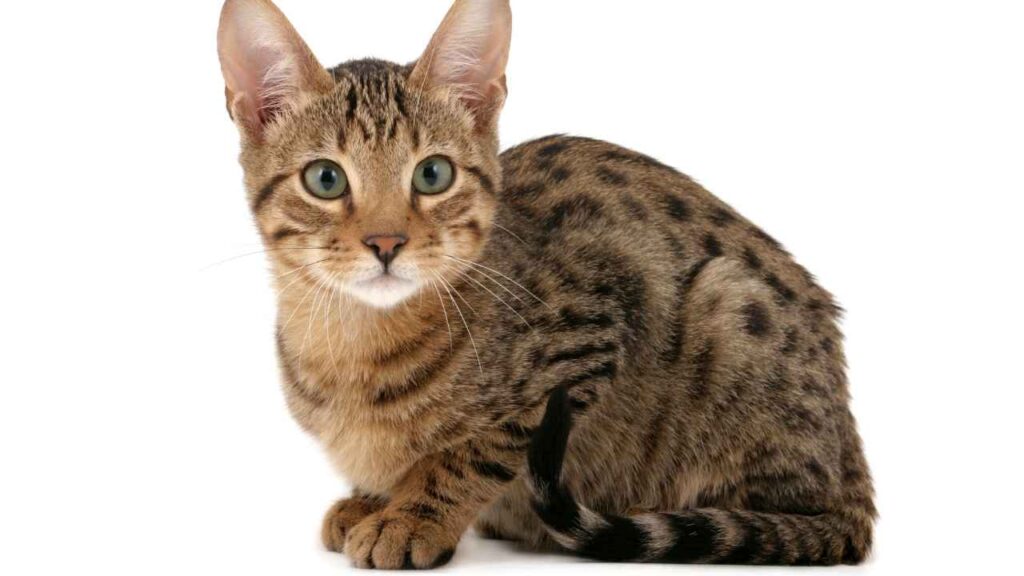
Designed to resemble African wildcats, yet free of actual wild genes, the Serengeti features tall ears and long legs reminiscent of a pixie bob or Serval-like silhouette. They trace their lineage to the Bengal and Siamese cats, ensuring a lively, alert personality.
Serengetis are fun-loving and graceful, dashing across rooms in short bursts of excitement. Many owners find them perched on top of cabinets or bookshelves, surveying the action below. When curiosity strikes, they’ll investigate with immediate fascination.
You’ll notice how they thrive on mental stimulation. Puzzle feeders, climbing trees, and interactive lasers keep them from getting bored. They may show off their quick reflexes by pouncing on moving targets before you blink.
Although they have a lively side, Serengetis can also be cozy lap warmers when the mood is right. They connect well with gentle families willing to offer daily play sessions.
Brushing them once or twice a week can help maintain their short coat’s shine. Regular nail trims and a balanced diet round out basic care. For nutritional advice, explore Hill’s Pet to find meals that fit this active breed’s needs.
If you’re looking for a cat that merges the thrill of a safari with the affection of a domestic companion, the Serengeti stands out. Their poised posture and zeal for life guarantee a captivating household presence.
10. Bombay
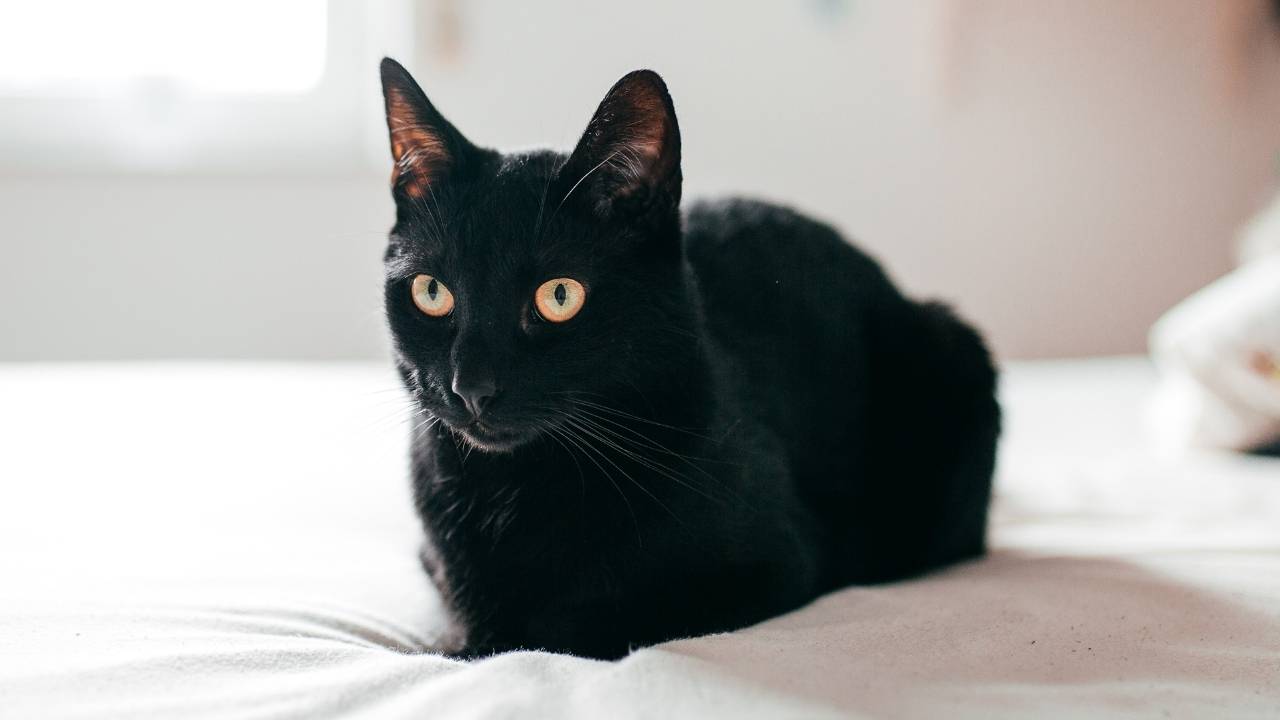
If you’ve ever wanted a sleek mini panther in your living room, Bombay could be your dream cat. With an all-black coat and coppery eyes, they create a dramatic first impression, yet their affectionate nature makes them surprisingly gentle and calm.
They can adapt to small apartments or large homes, showing an even-keeled temperament wherever they roam. Many act like lap cats, curling up contentedly whenever they sense you’re in a relaxed mood.
Engaging them with toys or treat-based training helps maintain a healthy balance. Bombay might not be as energetic as a Maine coon, but being one of the smartest cat breeds, they still enjoy moments of playful pouncing or chasing a ball of paper around.
Grooming is relatively easy due to their close-lying, shiny coat. A soft brush once a week typically does the trick. Keep track of their diet to ensure they maintain an optimal weight, especially if they’re partial to tasty treats.
They get along well with children and can coexist peacefully with a dog that respects boundaries. Short, stress-free introductions pave the way for a harmonious multi-pet household.
For cat lovers seeking a smooth-coated companion with an air of understated elegance, the Bombay shines. It’s no wonder many families fall for that panther-like charm.
Conclusion
From the regal Norwegian forest cat to the exotic savannah cat, these felines prove there’s a perfect match for every home. Their friendly personalities, adaptability, and playful streaks show why cats remain beloved pets worldwide.
Whether you’re drawn to a breed’s curly coat, historical background, or the ability to play fetch, each one highlights how diverse and enchanting the feline world can be.
When deciding on your next pet, consider your lifestyle, space, and the level of mental stimulation you can offer. Some might want a serene lap companion, while others yearn for a high-energy sidekick who’s eager to climb, explore, and show off.
Don’t forget that Turkish vans, Russian blues, sphynx cats, Abyssinian cats, or even a Selkirk rex can also capture your heart if you’re open to different feline traits.
No matter your choice, remember that adopting from a local shelter can be a life-changing experience—for you and the cat. Through patience, love, and proper care, you’ll discover how deeply cats love forming meaningful bonds. May your new furry family member bring lasting joy, soft purrs, and boundless curiosity into your everyday life.


